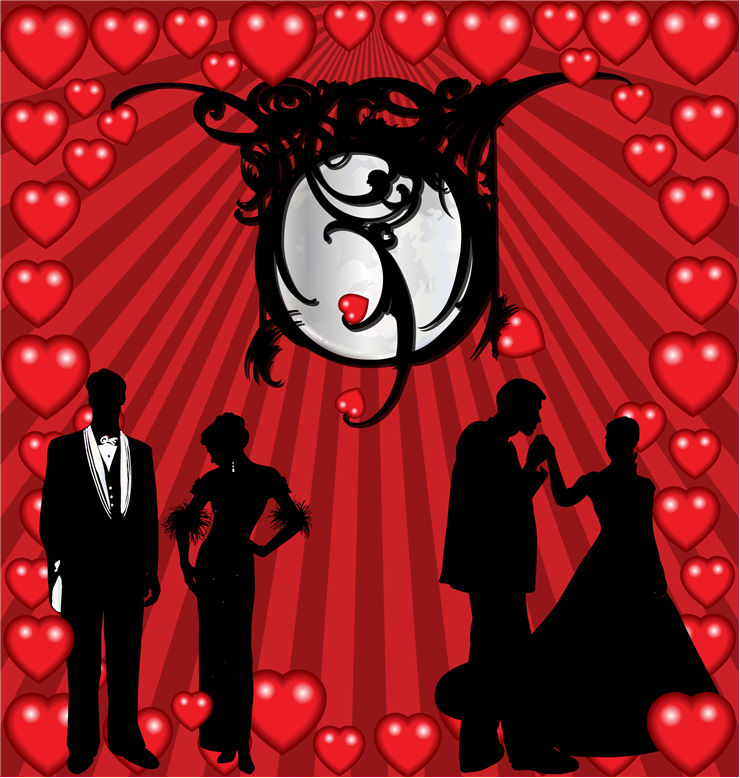Ballroom Dancing History - From Renaissance to Modern Socal Dancing
Dance is one of the oldest human activities that has managed to follow us through our development as a species, our spreading across continents and rise of modern cultures and civilizations. The oldest archeological evidences of dance can be traced to some 9 thousand years ago, and ever since then its presence in historical records grew and took greater significance as they became part of our daily lives, customs and various religious ceremonies. As the music and dance became more complex and advanced, it started to separate in two distinct forms -one for general population that was practiced openly, and other one for aristocracy and royalty that was practiced in closed environments during special occasions. This separation of dance became especially noticeable in Europe after the end of the Middle Ages, when Renaissance influences born in Italy and France started drastically changing 16th century European lifestyle.
Ballroom dancing was a product of that time, and it signified the tradition of social dancing of the privileged. It name was derived from the word ball, which originated from the Latin word “ballare” which means “to dance”. After a while, boundaries between high classes and lower classes disappeared, transforming the ballrooms across Europe into places where both folk dances and sophisticated dances can be performed.

Records of the earliest European ballroom dates form the end of 16th century were made by Jehan Tabourot who published his French renaissance social dance study called “Orchésographie” in 1588. He described many popular dances of that time, with instructions for pavane, livelier branle, and galliarde (which was popularized greatly by Shakespeare’s work on drama stage). Arrival of dance Minuet in 1650 France was a very important point in the early history of ballroom dance. Adopted and danced in public by King Louis XIV himself, this dance popularized ballroom dance all across France, and continued to be used in European ballrooms until the end of the 18th century. Several decades after the arrival of Minuet, King King Louis XIV formed the first academy of dance (Académie Royale de Musique et de Danse) which was the home of the first organized dance study. Later on, professional dances from that school would start preforming new type of dance to King’s court (and eventually to the general ballrooms), dance that will all know today as ballet.
Dance that left the most significant mark on the Victorian era was none other than waltz. Introduced in early 19th century, this dance managed to spread like a fire across England, fueled by the excellent 1819 instruction book called “Invitation to the Dance” by Carl Maria von Weber. After initial period of opposition from the general public and aristocracy (they did not like close hold of dance partners), this dance was adopted by all and became one of the most popular dances of all time. Its popularity also spawned creation of many other new types of dances, like Polka, Mazurka, and the Schottische (they all appeared in 1840s).
20th century was truly the birthplace of modern dance, and ballrooms from all around the world were swept with the never-ending tide of new dances that were created between 1910 and 1930. Those dances were fast, energetic, they featured independent movement of dancers, and more.
The final stage in the history of ballroom dance can be contributed to the rise of the popular media personalities, who created new dance routines which were imitated by millions. This era started with the exploits of Vernon and Irene Castle, Josephine Bradley and Victor Silvester during 1920s, and was continued with the Hollywood movie pairing of Fred Astaire and Ginger Rogers.
